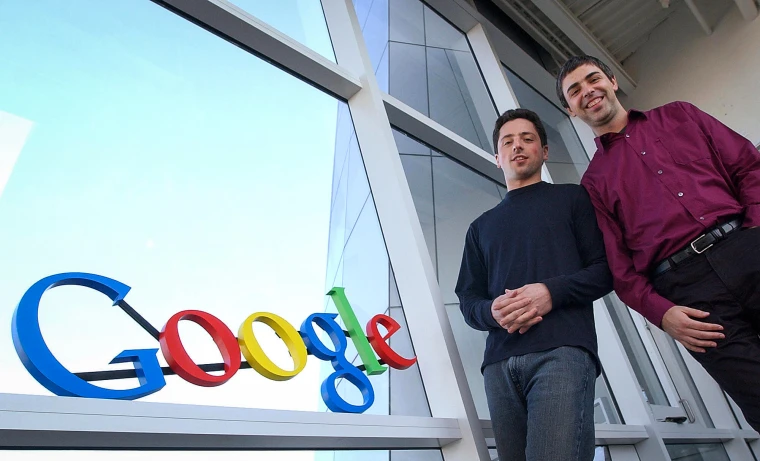Business
Google Celebrates 20th Anniversary of Gmail Launch

Google’s legacy of innovation and humor converged two decades ago when co-founders Larry Page and Sergey Brin introduced Gmail to the world. What started as an April Fool’s joke in 2004 has since become one of the most widely used email services, transforming digital communication and reshaping internet culture.
Known for their habit of pranking people, Google co-founders Page and Brin surprised the world on April 1st, 2004, by announcing Gmail—a free email service offering a staggering 1 gigabyte of storage per account. At a time when competitors like Yahoo and Microsoft offered only a fraction of that capacity, Gmail’s promise seemed too good to be true. Yet, the unveiling of Gmail marked a significant shift in how people perceived email storage and functionality.
Former Google executive Marissa Mayer, who played a pivotal role in Gmail’s development, recalls the original pitch focused on the three ‘S’s: storage, search, and speed. This innovative approach to email service not only provided ample storage but also integrated Google’s powerful search technology, allowing users to effortlessly navigate through their messages and find relevant information.
The initial skepticism surrounding Gmail’s capabilities was noticeable. Shortly after The Associated Press published a story about the new service, readers flooded the news agency with inquiries, believing it to be another one of Google’s elaborate pranks. However, a demonstration by Page himself at Google’s headquarters dispelled any doubts about the legitimacy of Gmail.
In the years following its launch, Gmail experienced exponential growth, reaching an estimated 1.8 billion active users today. With an expanded offering of 15 gigabytes of free storage per account, bundled with additional features like Google Photos and Google Drive integration, Gmail remains a cornerstone of Google’s ecosystem.
Beyond its revolutionary storage capacity, Gmail paved the way for other innovative services, including Google Maps, Google Docs, and the Chrome browser. The service’s success also solidified Google’s position as a leader in digital advertising, leveraging insights from email content to deliver targeted ads to users.
Despite its initial exclusivity—Gmail invites were highly sought after and even sold on platforms like eBay—the service eventually opened its doors to all users in 2007, marking a significant milestone in its evolution.
-

 Domains6 years ago
Domains6 years ago8 best domain flipping platforms
-

 Business5 years ago
Business5 years ago8 Best Digital Marketing Books to Read in 2020
-

 How To's6 years ago
How To's6 years agoHow to register for Amazon Affiliate program
-

 How To's6 years ago
How To's6 years agoHow to submit your website’s sitemap to Google Search Console
-

 Domains5 years ago
Domains5 years agoNew 18 end user domain name sales have taken place
-

 Business6 years ago
Business6 years agoBest Work From Home Business Ideas
-

 How To's6 years ago
How To's6 years ago3 Best Strategies to Increase Your Profits With Google Ads
-

 Domains5 years ago
Domains5 years agoCrypto companies continue their venture to buy domains








